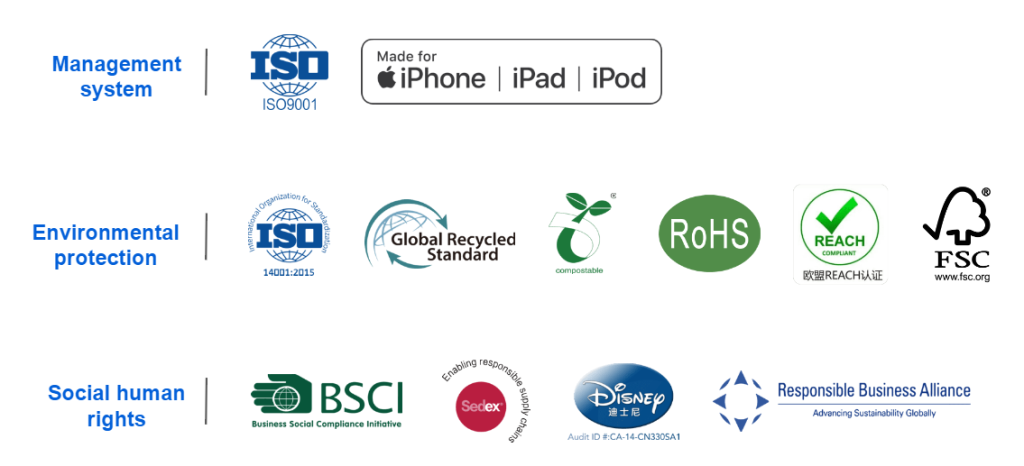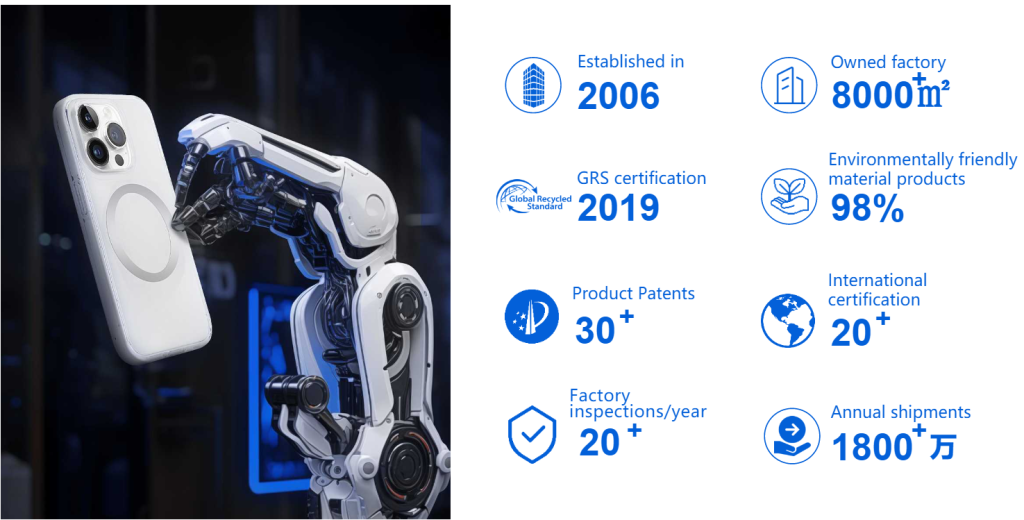What are the key considerations for mobile phone case market challenges?
The mobile phone case market presents rich opportunities, but is constrained by fierce competition, material restrictions, environmental compliance requirements, patent complexity and changing distribution channels.
What should mobile phone case suppliers do?
Suppliers must adopt adaptive strategies and leverage sustainability, innovation and strategic partnerships to thrive in this dynamic environment.
Market Competition: Differentiation is Critical
Suppliers must differentiate through customization, niche designs (e.g., eco-friendly or luxury cases), and value-added services like bulk customization or rapid prototyping.
Partnering with brands to co-create exclusive lines can secure long-term contracts.

Material and Process Limitations: Balancing Quality and Cost
High-performance materials (e.g., biodegradable polymers) are costly, while traditional plastics face backlash.
Consumers prioritize durability and aesthetics but demand competitive pricing.
Streamline production with automated manufacturing and explore hybrid materials (e.g., recycled TPU) to balance compliance, cost, and performance.

Environmental Regulations and Material Restrictions: Compliance is Non-Negotiable
EU directives like REACH restrict hazardous chemicals and mandate recyclability.
Suppliers must adopt eco-certified materials and transparently document supply chains. Failure to comply risks fines and reputational damage.
C&T has International Certification in Management system, Environmental protection and Social human rights.

Technological Innovation and Patent: Invest in R&D and IP Safeguards
Advancements in anti-microbial coatings, shock-absorption tech, and modular designs drive demand.
However, patent infringement risks loom—especially with overlapping innovations in protective mechanisms.
Collaborate with legal experts to audit IP portfolios and license proprietary technologies to avoid litigation.

To succeed in the mobile phone case market, suppliers should follow the trend of sustainable development, invest in innovation and build flexible supply chains, address regulatory barriers, differentiate through technology, optimize distribution, turn market restrictions into competitive advantages, and prioritize compliance, cooperation and customer-centric solutions to consolidate their position in the evolving industry.






